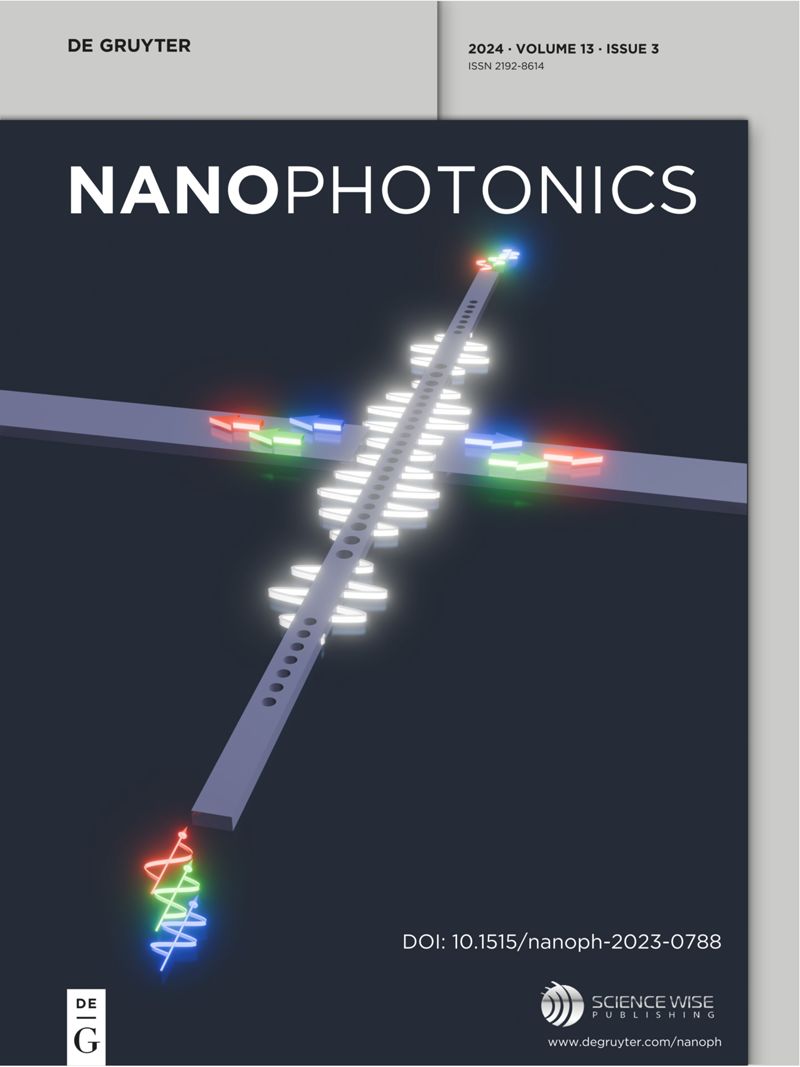Emergent 2D van der Waals materials photonic sources
IF 6.5
2区 物理与天体物理
Q1 MATERIALS SCIENCE, MULTIDISCIPLINARY
引用次数: 0
Abstract
Over the past two decades, two-dimensional (2D) van der Waals (vdW) semiconductors have garnered significant attention in the field of light sources due to their unique optoelectronic properties, such as high excitonic binding energy, tunable bandgaps, and strong optical anisotropy. These properties make 2D vdW semiconductors highly promising for next-generation light sources, offering advantages like enhanced efficiency, wavelength tunability, and polarization control. In this review, we summarize the development of various 2D vdW material-based light sources and their modulation mechanisms. We first provide an overview of excitonic properties and light-emission principles that aim to develop light sources with low-power, high-efficiency. Next, we discuss advances in 2D semiconductor lasers, including intralayer and interlayer exciton lasers, cavity-free systems, and exciton-polariton sources. We then look into single-photon emission and their integration into on-chip systems, followed by studies on nonlinear optical properties like high-order harmonic generation and P-band emission. Additionally, we cover advancements in electrically pumped light sources. The review concludes with an outlook on future developments of 2D vdW semiconductor light sources.新兴二维范德华材料光子源
在过去的二十年里,二维范德华半导体(vdW)由于其独特的光电特性,如高激子结合能、可调的带隙和强的光学各向异性,在光源领域引起了极大的关注。这些特性使得二维vdW半导体在下一代光源中非常有前途,具有提高效率、波长可调性和偏振控制等优势。本文综述了基于二维vdW材料的各种光源及其调制机制的研究进展。我们首先概述了激子特性和光发射原理,旨在开发低功耗,高效率的光源。接下来,我们讨论了二维半导体激光器的进展,包括层内和层间激子激光器,无腔系统和激子极化子源。然后,我们研究了单光子发射及其集成到片上系统,随后研究了非线性光学性质,如高次谐波产生和p波段发射。此外,我们还介绍了电泵光源的进展。最后,对二维vdW半导体光源的发展前景进行了展望。
本文章由计算机程序翻译,如有差异,请以英文原文为准。
求助全文
约1分钟内获得全文
求助全文
来源期刊

Nanophotonics
NANOSCIENCE & NANOTECHNOLOGY-MATERIALS SCIENCE, MULTIDISCIPLINARY
CiteScore
13.50
自引率
6.70%
发文量
358
审稿时长
7 weeks
期刊介绍:
Nanophotonics, published in collaboration with Sciencewise, is a prestigious journal that showcases recent international research results, notable advancements in the field, and innovative applications. It is regarded as one of the leading publications in the realm of nanophotonics and encompasses a range of article types including research articles, selectively invited reviews, letters, and perspectives.
The journal specifically delves into the study of photon interaction with nano-structures, such as carbon nano-tubes, nano metal particles, nano crystals, semiconductor nano dots, photonic crystals, tissue, and DNA. It offers comprehensive coverage of the most up-to-date discoveries, making it an essential resource for physicists, engineers, and material scientists.
 求助内容:
求助内容: 应助结果提醒方式:
应助结果提醒方式:


